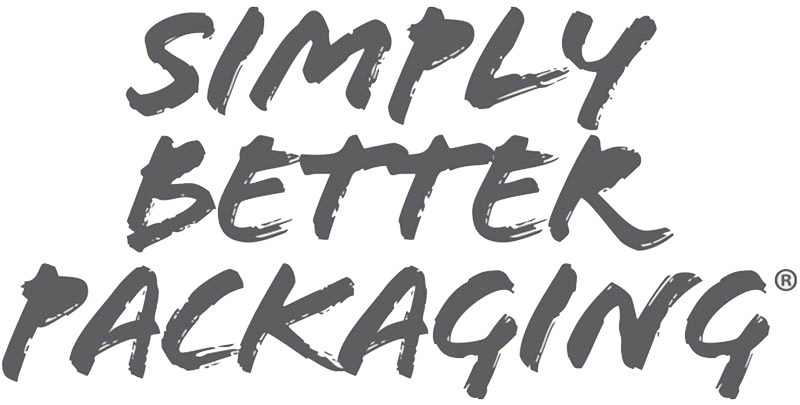Mass Balance Approach

Recently, more states and countries are requiring recycled content in plastic packaging to reduce plastics’ environmental impact. This is very important as we want plastics to be a part of a circular economy, but how do we ensure that the claims about recycled content in products are real? Greenwashing is a common tactic used by companies to make themselves look more environmentally friendly than they are, and not backing up recycled content claims could be seen as this. When mixing with virgin plastic, it is also hard to measure how much of the material is recycled compared to the virgin. Achieving some of these EPR and recycled content standards may seem challenging, but luckily the American Chemistry Council (ACC) created a mass balance system to ensure that companies can meet these standards and ensure their customers that they are with a reliable certification. The ACC created these guidelines back in 2020 and aligned them with the Ellen MacArthur Foundation’s Mass Balance Approach [1].
So, what exactly is the mass balance approach? This approach measures the amount of plastic that enters recycling facilities and ensures that recycled content claims by companies match the amount of recycling that comes into the facilities [2]. By tracking the amount of plastic that comes into these advanced recycling facilities, there is evidence to back up claims companies make about recycled content in their products [3]. Since it can be hard to measure recycled content when mixed with virgin material, this will help companies know how much-recycled content is in the material [3].
There are many different systems in which mass balance works:
- Physical Separation: the recycled and virgin materials are never mixed, making one batch 100% virgin and the other 100% recycled. The claim is transferred, making this system also known as the transfer system [4].
- Single Percentage: looking at each batch and determining how much-recycled content is in each one. For example, if there are 25 units and 5 are recycled and 20 are virgin, the claim would be that there are 5 units with 20% recycled material [4].
- Rolling Average: instead of reporting each batch, the company looks for the average when looking at all of the batches. For example, a company can claim that it uses 25% recycled material even though some batches have more, and some have less [4].
- Single Site Mass Balance: assigns recycled content claims to several outputs. For example, 5 bottles can have 20% recycled content, or 1 bottle out of the 5 can be made with 100% recycled content while the rest are made with virgin material [4].
- Mutli-Site Certification: one certification covers many sites owned by the same people [4].
- Multi-Site Mass Balance: allows for credit transfers between sites that make the same product. For example, if two companies make 5 units with 20% recycled content each, one company can transfer their credit to either, leaving the company gaining the credit with 5 units with 40% recycled material and the other company with no units with recycled material [4].
It would be likely to see more companies utilize a mass balance approach to help achieve their goals by utilizing recycled content and ensuring through certification that they are using recycled content in their products.
[1] Mass balance principles for plastic recycling | Food Packaging Forum
[4] Mass Balance for Mechanical Webinar May 2022 (spcwebinars.s3.amazonaws.com)
ABOUT PLACON
Since 1966, Placon has been a leading designer and manufacturer of innovative and sustainable plastic packaging for medical, food, and consumer goods markets. Placon has manufacturing operations in Madison, WI; West Springfield, MA; Elkhart, IN; and Plymouth, MN, and is currently ranked in the Top 20 in Plastics News 2024 Thermoformers Rankings. Placon delivers packaging breakthroughs that inspire better engagement between people and products.





